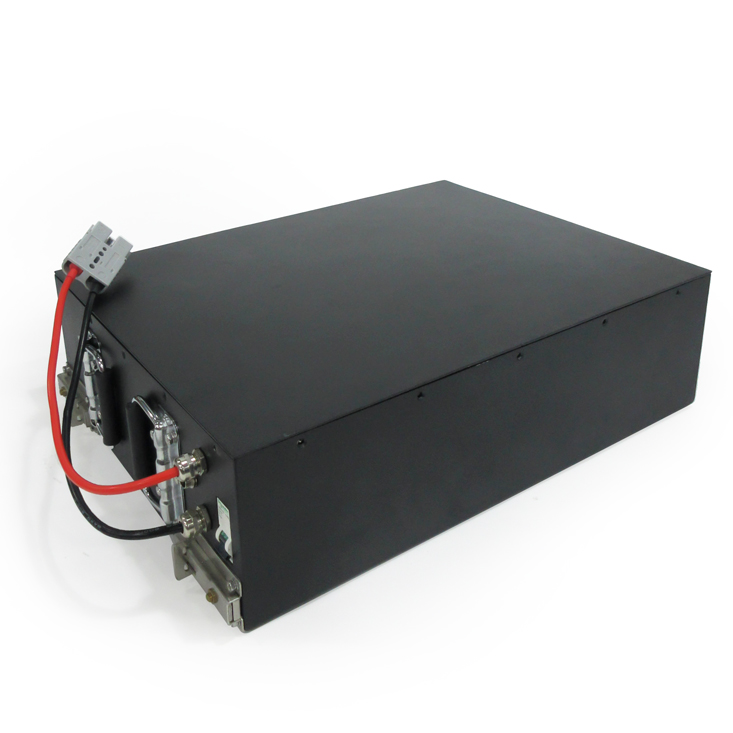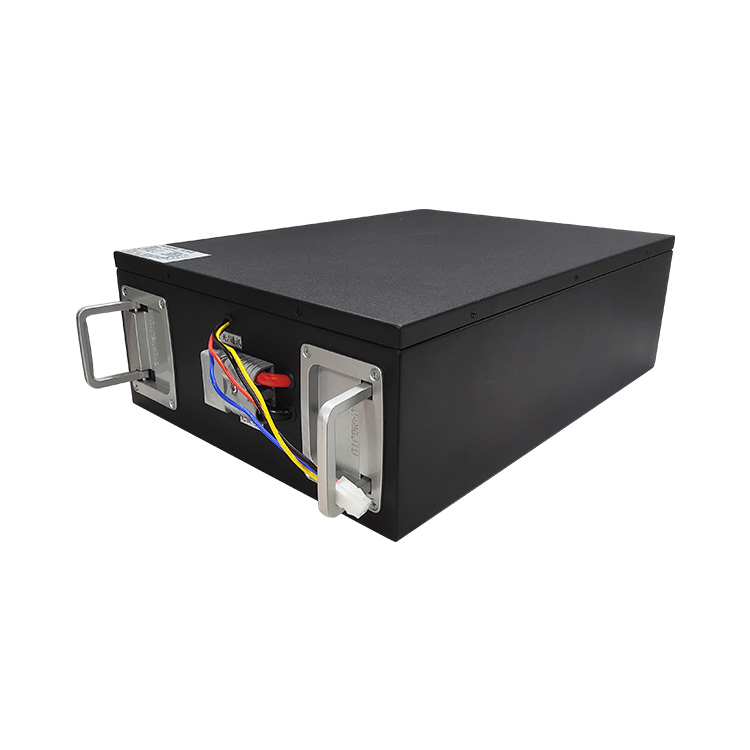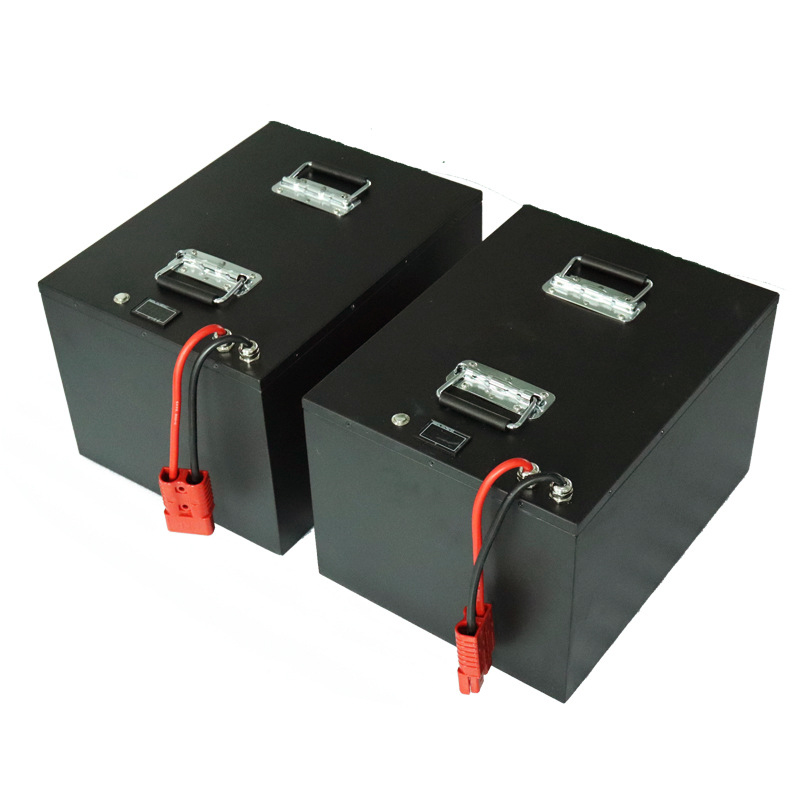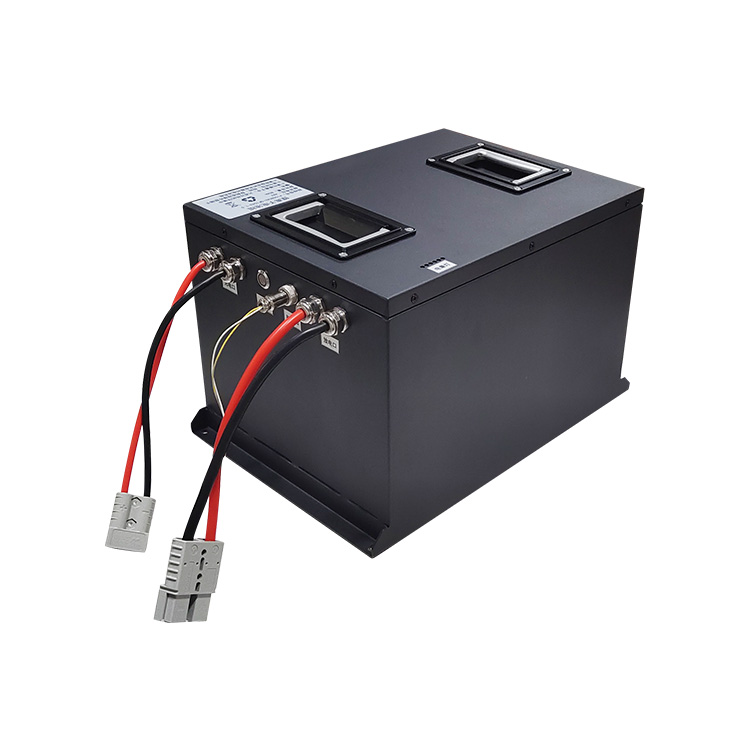MIL-STD-461 Analysis of Control Requirements for Electromagnetic Interference Characteristics of Subsystems and Equipment
Electronic equipment is increasingly widely used in military and aerospace fields, and electromagnetic interference (EMI) has an increasingly significant impact on system performance and reliability. In order to ensure the normal operation of equipment in complex electromagnetic environment, the U.S. Department of Defense has formulated MIL-STD-461 standards, which specifically regulate the control requirements of electromagnetic interference characteristics of subsystems and equipment. This article will focus on the core content of MIL-STD-461, systematically explain its control requirements and implementation significance for electromagnetic interference of subsystems and equipment, and help the development of design and testing work in related fields.
I. Overview of MIL-STD-461 standards
MIL-STD-461 is the EMC electron magnetic compatibility (EMC) standard issued by the U.S. Department of Defense, aiming at regulating the anti-interference capability and interference output limitation of military equipment and its subsystems in electromagnetic environment. This standard covers the emission of electromagnetic interference (EMI Emissions) and immunity (EMI Susceptibility), ensuring that the equipment will not cause harmful interference to the surrounding system in the electromagnetic environment, it can also resist the influence of external electromagnetic interference.
This standard is widely used in the design, manufacture and testing of aircraft, ships, ground vehicles, communication equipment and other military equipment, and is the technical basis for the design of military electronic system EMC electron magnetic compatibility.
II. Basic requirements for electromagnetic interference control of subsystems and equipment
-
electromagnetic interference emission limit
MIL-STD-461 specifies the electromagnetic emission limits of equipment and its subsystems in various frequency ranges. Specifically, it includes conduction emission and radiation emission. Conduction emission mainly refers to the interference current on the power line and signal line, while radiation emission is the electromagnetic wave transmitted by the equipment through space. The standard requires that the emission intensity of the equipment in different frequency bands should not exceed the limited threshold to avoid interference to other electronic equipment. -
Electromagnetic immunity requirements
the equipment must have sufficient immunity to ensure that it can still work normally under external electromagnetic interference. MIL-STD-461 defines a variety of typical interference types and their testing methods, including RF radiation immunity (RS), RF conduction immunity (CS), electrical fast transient (aft), Surge (Surge) etc. EquipmentIt must pass corresponding tests to prove that it has the ability to resist common electromagnetic interference. -
Test frequency range
MIL-STD-461 covers a wide range of frequencies, usually ranging from tens of Hz to several GHz, ensuring that the equipment can meet the emission and immunity requirements in the full spectrum electromagnetic environment.
III. Key test methods and control measures
-
conduction emission test
by measuring the interference current on the power line or signal line of the equipment, it is judged whether it exceeds the standard limit. The test environment usually uses shielded rooms and Artificial Mains Network (Artificial Mains Network, AMN) to ensure the accuracy of measurement. -
Radiation emission test
use the antenna in the EMC electron magnetic compatibility test room to measure the radiation electromagnetic wave intensity within the specified frequency range. Make sure that the device does not become an interference source in the surrounding environment. -
Immunity Test
simulate all kinds of interference signals applied to the device to check whether its function is normal. Including RF radiation immunity test, electrical fast transient pulse test and surge test, etc., to comprehensively evaluate the anti-interference capability of the equipment. -
Design and shielding measures
in order to meet the requirements of MIL-STD-461, the equipment design stage usually adopts a variety of EMC electron magnetic compatibility measures, such as reasonable wiring, filter design, shielding shell, grounding technology and isolation measures, etc, minimize emission and enhance immunity.
IV. Significance of implementing MIL-STD-461 standards
-
improve the overall reliability of the system
electromagnetic interference may lead to equipment misoperation, performance degradation and even failure. By strictly controlling the interference characteristics, the stable operation of the equipment in complex electromagnetic environment is ensured, and the overall reliability and safety of the system are improved. -
Ensure multi-system collaborative work
modern military equipment usually consists of multiple electronic subsystems, and electromagnetic interference between them may seriously affect the cooperative combat capability. MIL-STD-461 effectively restrict device emission, avoid mutual interference, and ensure system coordination efficiency. -
CharacterMilitary Standard requirements
as the EMC electron magnetic compatibility benchmark in the US military industry, compliance with MIL-STD-461 is a necessary condition for relevant equipment to enter the military market, ensuring that the products meet the military technical specifications and use requirements.
 Dongguan Juneng New Energy Technology Co., Ltd.
Dongguan Juneng New Energy Technology Co., Ltd.
 137 5142 6524(Miss Gao)
137 5142 6524(Miss Gao)
 susiegao@power-ing.com
susiegao@power-ing.com
 Xinghuiyuan High tech Industrial Park, Dalang Town, Dongguan City, Guangdong Province
Xinghuiyuan High tech Industrial Park, Dalang Town, Dongguan City, Guangdong Province













 Yue Gong Wang An Bei No. 4419002007491
Yue Gong Wang An Bei No. 4419002007491